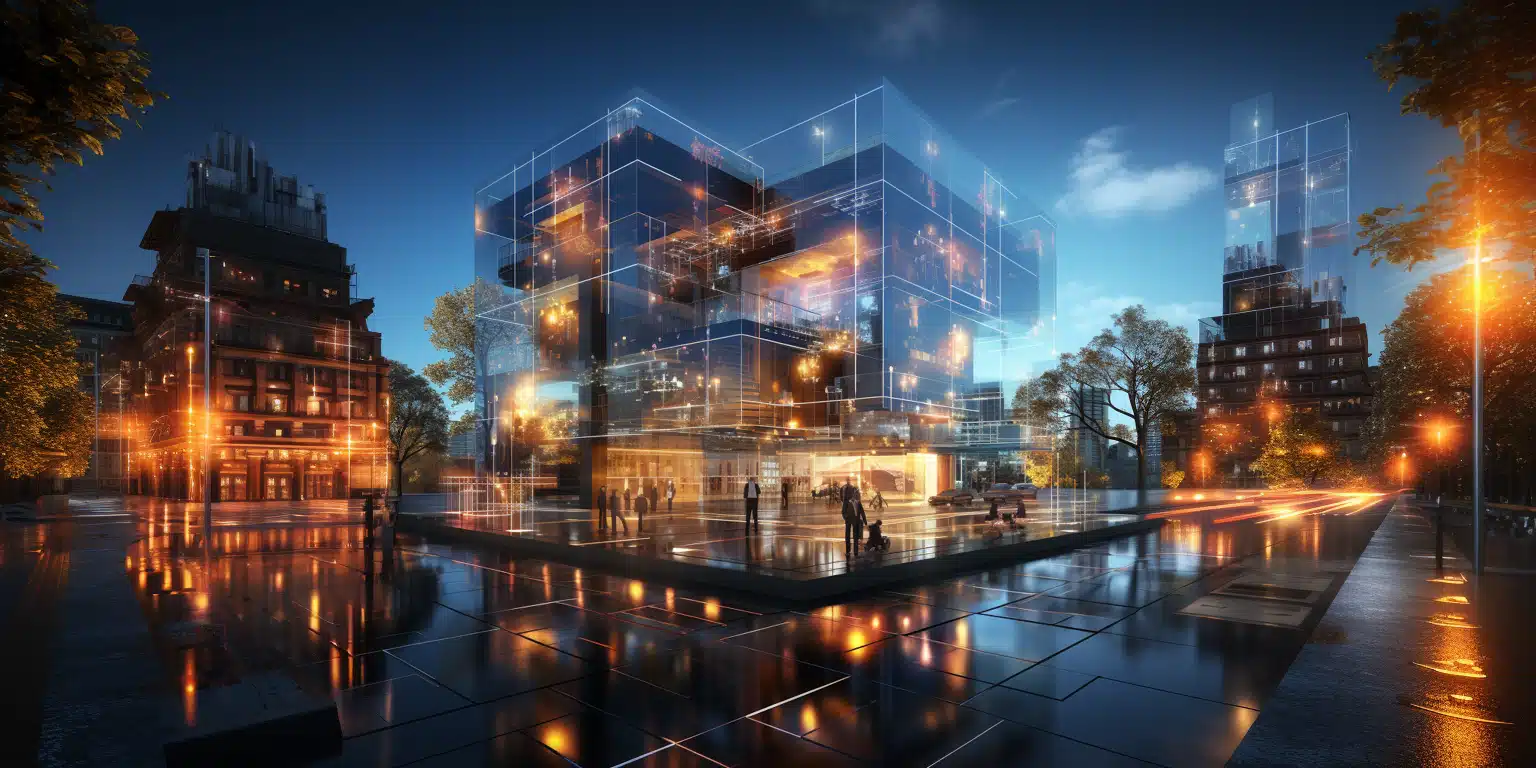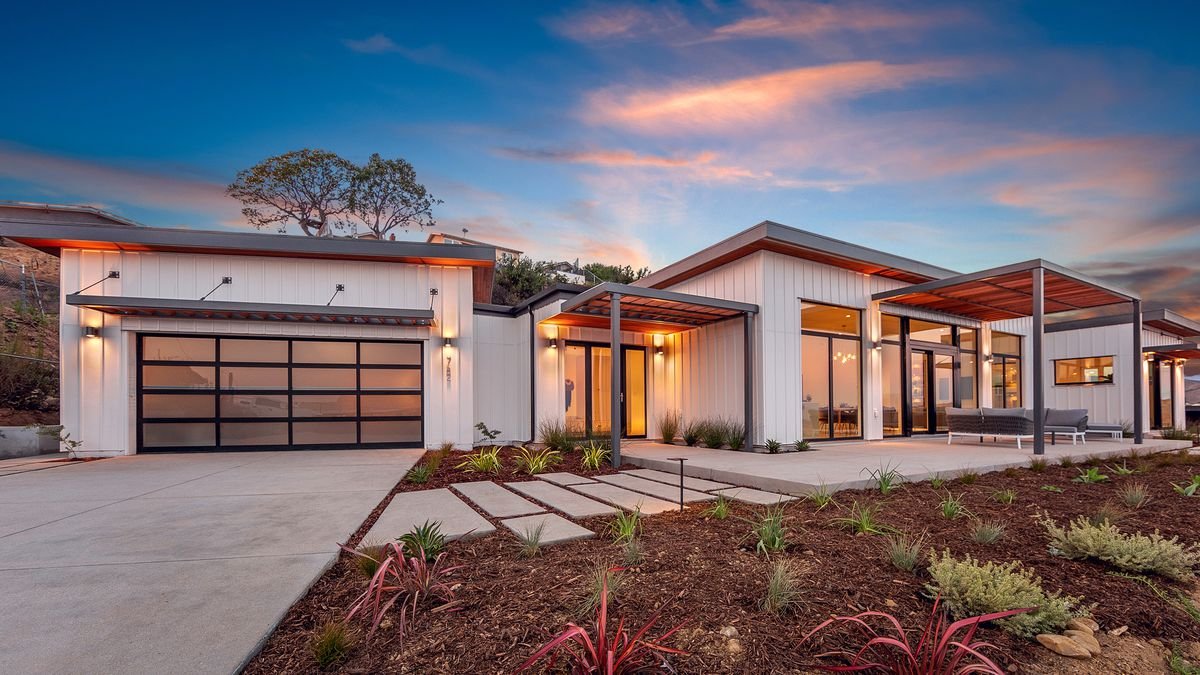
4 Mistakes to Avoid in Commercial Interior Design Projects
Commercial interior design influences how clients and staff perceive a business. Poor planning or misguided choices lead to wasted resources, low productivity, and negative impressions. Businesses considering an office renovation in Singapore must approach the process with precision and foresight. Avoiding common errors ensures functional layouts, cost-efficient decisions, and a space that reflects brand identity.
Table of Contents
Toggle1. Overlooking Space Planning
Space planning determines whether a workplace supports efficiency or creates daily frustration. Many projects fail because decision-makers prioritise aesthetics without evaluating traffic flow, workstation positioning, or meeting space allocation. Staff end up working in cramped or poorly lit areas, while clients face unwelcoming waiting zones.
Carrying out effective office interior design in Singapore requires studying square footage, natural light access, and furniture placement. Planning helps avoid wasted corners or congested pathways. Productive layouts support collaboration while ensuring privacy for focused tasks. Renovation teams must evaluate not only current requirements but also future growth. Without scalable planning, a business faces repeat renovation costs within a few years.
Involving designers early allows the project to incorporate precise space analysis and flexible layouts. Avoiding hasty decisions ensures the workplace evolves with business needs rather than restricting them.
2. Choosing Aesthetics Over Function
Attractive finishes and modern styles appeal during planning, but functionality sustains long-term success. Businesses sometimes choose materials that look premium but deteriorate quickly under heavy use. Glossy flooring may scuff easily in high-traffic areas, while decorative partitions might reduce natural light flow.
Office renovation in Singapore must balance visual appeal with durability and usability. Functional choices include ergonomic seating, workstations that reduce strain, and finishes that withstand frequent cleaning. Ignoring function for appearance results in recurring maintenance costs and reduced staff comfort.
Function also extends to acoustics and ventilation. A visually appealing meeting room loses value if soundproofing fails or air circulation proves inadequate. Ensuring that every design choice supports practical use safeguards productivity and staff wellbeing.
3. Ignoring Budget Control
Another frequent mistake occurs when businesses set unrealistic budgets or fail to monitor expenses during renovation. Overspending often results from adding features mid-project or underestimating labour and material costs. A poorly managed budget delays completion and forces compromises on quality.
Effective office interior design in Singapore requires accurate cost forecasting and transparent communication with contractors. Decision-makers must distinguish between essential investments and optional features. Budget allocation should prioritise structural needs, safety compliance, and quality furnishings before decorative details.
Tracking expenses regularly ensures financial surprises do not disrupt progress. Businesses benefit from requesting detailed quotations and contingency planning to cover unforeseen adjustments. Ignoring cost control risks, incomplete projects or poorly finished results undermines the original goal of enhancing the workplace.
4. Neglecting Brand Identity and Employee Needs
Commercial spaces represent a company’s culture. Neglecting brand identity or employee comfort during an office renovation in Singapore creates generic spaces lacking personality. Staff disengagement and client indifference follow quickly.
Brand values should influence material selection, colour schemes, and spatial arrangements. For instance, technology companies may prioritise open, collaborative environments, while law firms require private offices and formal reception areas. Skipping alignment with brand image diminishes the opportunity to reinforce credibility.
Employee input also plays a vital role. Ignoring their working styles leads to frustration and reduced productivity. Staff engaged in creative roles thrive in flexible zones, while roles requiring confidentiality demand enclosed areas. Incorporating feedback ensures design choices support daily operations while enhancing overall satisfaction.
Design that reflects both brand personality and user needs strengthens loyalty and professional reputation. Businesses that neglect these factors end up with uninspiring, inefficient spaces that fail to support growth.
Final Thoughts
Avoiding missteps in commercial interior design ensures a workplace achieves long-term value. Careful space planning, balanced function and aesthetics, strict budget control, and alignment with brand identity provide measurable benefits. Businesses pursuing office interior design in Singapore gain a competitive advantage when they manage these priorities effectively.
Contact JD & Partners today for commercial interior design in Singapore that transforms vision into a functional, lasting workspace.






